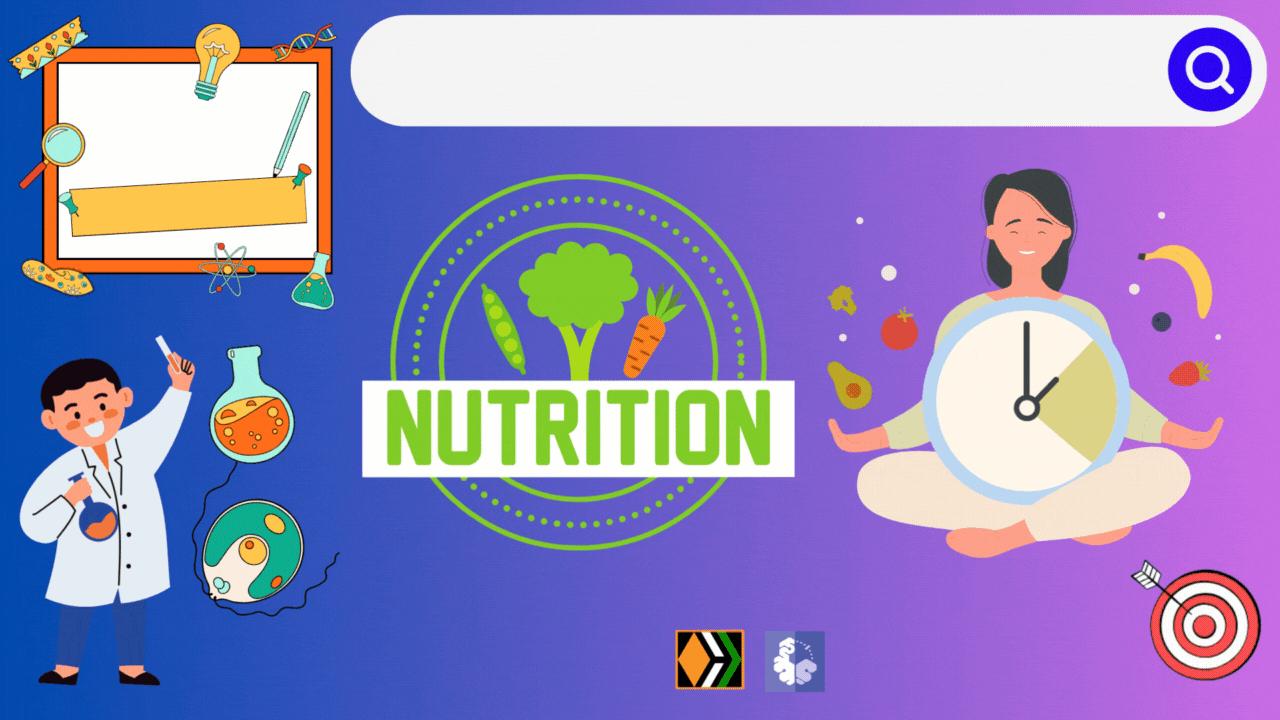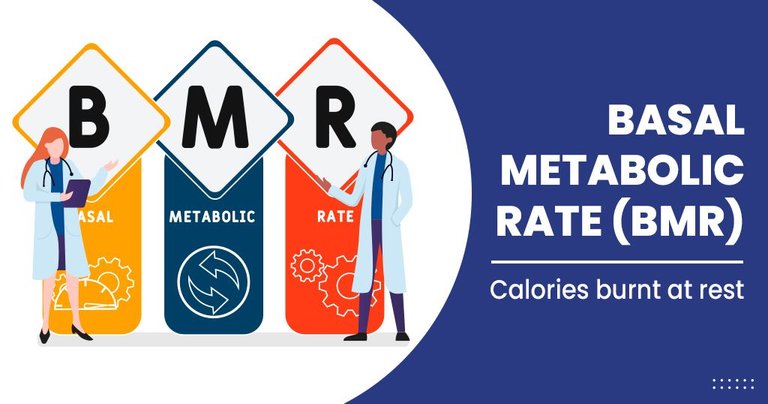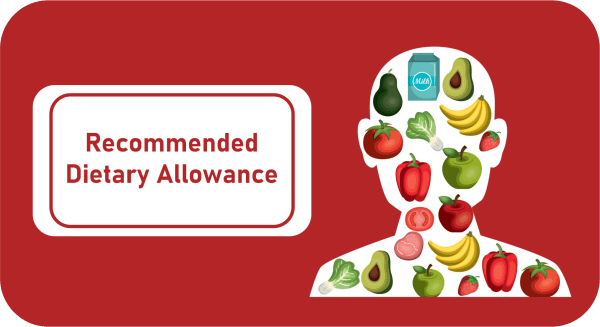A Deep Dive into Nutrition Essentials: Your Path to a Healthier, Happier You |ChemFam #72|
Greetings to everyone! Some eat to live, And some live to eat! Whether a person eats or lives to eat, food is his greatest concern. Nutrition can be defined as the utilization of food materials by living organisms. Biochemists have done a lot of work on nutrition. Nutrition promotes a man’s development, health and welfare. Nutrition, perhaps, is currently a controversial topic. The reason being that nutrition is primarily concerned with food, and everyone feels competent enough to talk like an expert on nutrition. Further, increased public awareness and conflicting information from scientists fueled the conflict.

Unveiling the Power of Nutrition: Fuel for Your Body
Food is the fuel source of the body. The food after being ingested undergoes metabolism to liberate energy required for the essential activities of the body.
Table 1: Calorific values of foodstuffs
| Foodstuff | Calorific value (Cal/g) in Bomb Calorimeter | Calorific value (Cal/g) in Body |
|---|---|---|
| Carbohydrate | 4.1 | 4 |
| Fat | 9.4 | 9 |
| Protein | 5.4 | 4 |
| Alcohol | 7.1 | 7 |
Energy content of foods
The calorific value or the energy content of a food material is calculated from the heat released by the total combustion of food materials in a calorimeter. Calorie is the unit of heat. One calorie represents the amount of heat required to raise the temperature of one gram of water by 1°C. A calorie is too small unit. Hence, it is more convenient to express as kilocalories (1,000 times calorie) which is represented by kcal or simply Cal (with capital ‘C’). In some countries joule is being used as a unit of energy. The relationship between calories and joules (J) is,
1 Cal (1 kcal) = 4.128 KJ
The joule is less commonly used by nutritionists.
Calorie value of foods
The table above gives the energy values of the three main nutrients (carbohydrates, fats and proteins) measured using bomb calorimeters and in the body. The carbohydrates and fats are completely oxidized (to CO2 and H2O) in the body; hence the fuel values measured in the bomb calorimeter or in the body are almost the same. However, proteins are not completely burnt in the body as they are converted to products such as urea, creatinine and ammonia and gets excreted. Due to this particular reason, calorific value of protein in the body is somewhat less than that obtained in a bomb calorimeter. The energy values of carbohydrates, fats and proteins (when utilized in the body) respectively, are 4, 9 and 4 Cal/g.
Alcohol is a recently added calorie (7 cal/g) aid because it is a significant part of the diet for some people.
Understanding Energy Utilization in the Human Body
Man consumes energy to meet the fuel demands of the three ongoing processess in the body.
- Basal metabolic rate
- Specific dynamic action
- Physical activity
Besides the above three, additional energy supply is needed during growth, pregnancy and lactation.
BASAL METABOLIC RATE
Basal metabolism or basal metabolic rate (BMR) is defined as the minimum amount of energy required by the body to maintain life at complete physical and mental rest in the postabsorptive state (i.e. 12 hours after the last meal).

It is worth noting that resting metabolic rate (RMR) has recently been used for BMR. Under the basal conditions, although in simple cases the body appears to remain at total rest, several functions within the body continuously occur. These include the functioning of the heart and other organs, the functioning of nerve impulses, renal tubular reabsorption, intestinal motility, and ion transport across the membrane (Na+-K+ pump consumes about 50% of basal energy).
Significance of BMR
BMR is important to calculate the calorie requirement of an individual and to organize proper planning of diets. Determination of BMR is useful for the assessment of thyroid function. In hypothyroidism, BMR is lowered (by about– 40%) while in hyperthyroidism it is elevated (by about + 70%). BMR is influenced by starvation and certain disease conditions.
SPECIFIC DYNAMIC ACTION
When a given food is metabolized by the body, the phenomenon of production of extra heat by the body, over and above the calculated caloric value, is called as specific dynamic action (SDA). It is also known as calorigenic action or thermogenic action or thermic action (effect) of food.
Significance of SDA
For the utilization of foods by the body, certain amount of energy is consumed from the body. This is actually an expenditure by the body for the utilization of foodstuffs. It is the highest for proteins (30%) and lowest for carbohydrates (5%) and for a mixed diet around 10%. It is, therefore, essential that an additional 10% calories should be added to the total energy needs (of the body) towards SDA. And the diet should be planned, accordingly. (SDA is quite comparable to the handling charges levied by a bank for an outstation cheque).
The higher value of SDA for protein suggests that it is not a good source of energy. Fat is the best source of energy due to its lowering effect on SDA. However, excessive utilization of fat leads to ketosis.
PHYSICAL ACTIVITY OF THE BODY
The physical activity of the individual is highly variable. The amount of energy needed for this depends mainly on the duration and intensity of muscular activity. The expenditure of energy for the various physical activities has been calculated in the table below-
Table 2: Type of physical activity and energy expenditure (over and above BMR, about 65 Cal/hr).
| Type of Physical Activity | Energy Requirement (Cal/hr) |
|---|---|
| Sitting (quietly) | 25 |
| Standing (quietly) | 30 |
| Writing/eating/reading | 30 |
| Car driving | 60 |
| Typing | 75 |
| Household work (dish washing) | 80 |
| Walking (slow) | 130 |
| Sexual intercourse | 140 |
| Cycling (slow) | 150 |
| Running (moderate) | 500 |
| Swimming | 600 |
| Climbing stairs | 800 |
Energy requirements of man
As stated previously, the three factors i.e., basal metabolic rate, specific dynamic action and physical activity—determine the energy required by the body. An individual spent about 60% of the calories with light work towards BMR, whereas about 30% for physical activity and about 10% to take care of the SDA.
The daily requirement of energy is a rather variable quantity which depends on the BMR (in turn depends on age, sex, body size etc.) and physical activity. As per some rough calculation, caloric requirements of adults per day (Cal/day) are in the following ranges.
Moderate work — 2,500–2,900
Heavy work — 2,900–3,500
Very heavy work — 3,500–4,000
Navigating Dietary Recommendations: Recommended Dietary Allowances (RDA)
The recommended dietary/daily allowances (RDA) represents the quantities of the nutrients to be followed in the diet daily for maintaining a healthy well-being and physical efficiency of the body. It should be noted that RDA is not the minimum amount to barely meet the needs of the body, but allowance is given for a safe margin.

Table 3: Recommended dietary allowance (RDA) of important nutrients for an adult man, weighing 70 kg.
| Nutrient(s) | RDA |
|---|---|
| Carbohydrates | 400 g |
| Fats | 70 g |
| Proteins | 56 g* |
| Essential fatty acids | 4 g |
| Vitamin A | 1,000 µg ** |
| Vitamin D | 5 µg *** |
| Vitamin E | 10 µg |
| Vitamin K | 70 µg |
| Ascorbic acid | 60 mg |
| Thiamine | 1.5 mg |
| Riboflavin | 2 mg |
*0.8 g/kg body weight/day; ** Retinol equivalents; ***As cholecalciferol
Conclusive Thoughts
In a world bombarded with dietary information, it's crucial to adopt a holistic and informed approach to nutrition. By understanding the basics of macronutrients and micronutrients, maintaining a balanced diet, staying hydrated, and considering individual nutritional needs, you pave the way for a healthier and more fulfilling life. Remember, the journey to optimal nutrition is not a one-size-fits-all path but rather a personalized and sustainable commitment to nourishing your body.
Until we meet again :)

Focus: Nutrition and Food Science | NIH
Biochemistry | U. Satyanarayana, U. Chakrapani
Decoding Liver Function Tests through Chemistry |ChemFam #71|
Understanding the Dynamic Roles of Metalloenzymes and Metal-Activated Enzymes |ChemFam #70|
Cracking the Thermal Code: Differential Thermal Analysis in Modern Research |ChemFam #69|
Applications and Importance of IR Spectroscopy: Shedding Light on Molecular Structures |ChemFam #68|
The Silent Revolution: How Polymers are Shaping Our World? |ChemFam #67|
Beyond the Bin: The Many Faces of Plastic Management |ChemFam #66|
Spectrophotometry Simplified: The Beer-Lambert Law in Spectrophotometry |ChemFam #65|
Chromatography: Unraveling the Science of Separation |ChemFam #64|
Colorful Clues: The Magical World of Chemical Indicators |ChemFam #63|
Colloids in Action: Impacting Your Daily Life More Than You Think |ChemFam #62|
The Complex Landscape of Opioid Analgesics: Addressing The Concerns |ChemFam #61|
Genetic Engineering: Pioneering Progress or Ethical Predicament? |ChemFam #60|
The Guardians Against Microbial Menace: Antibacterial Agents |ChemFam #59|
The Cholesterol Conundrum: The Story of Statins |ChemFam #58|
Unveiling The Control Of Chemistry: How Hormones Dictate Our Mood |ChemFam #57|
Thermodynamic Versus Kinetic Control of Reactions |ChemFam #56|
Bosons: The Quantum Glue That Holds The Universe Together |ChemFam #55|
Extraction of Lithium Using Electrode Materials of Lithium Ion Battery-II |ChemFam #54|
Extraction of Lithium Using Electrode Materials of Lithium Ion Battery |ChemFam #53|
Helium: The First Noble Gas |ChemFam #52|
PS The thumbnail image is being created by me using canva.com



Yay! 🤗
Your content has been boosted with Ecency Points, by @splash-of-angs63.
Use Ecency daily to boost your growth on platform!
This post has been manually curated by @bhattg from Indiaunited community. Join us on our Discord Server.
Do you know that you can earn a passive income by delegating to @indiaunited. We share more than 100 % of the curation rewards with the delegators in the form of IUC tokens. HP delegators and IUC token holders also get upto 20% additional vote weight.
Here are some handy links for delegations: 100HP, 250HP, 500HP, 1000HP.
100% of the rewards from this comment goes to the curator for their manual curation efforts. Please encourage the curator @bhattg by upvoting this comment and support the community by voting the posts made by @indiaunited..
This post received an extra 2.11% vote for delegating HP / holding IUC tokens.
Thanks for your contribution to the STEMsocial community. Feel free to join us on discord to get to know the rest of us!
Please consider delegating to the @stemsocial account (85% of the curation rewards are returned).
You may also include @stemsocial as a beneficiary of the rewards of this post to get a stronger support.
Congratulations @splash-of-angs63! You have completed the following achievement on the Hive blockchain And have been rewarded with New badge(s)
Your next target is to reach 40000 upvotes.
You can view your badges on your board and compare yourself to others in the Ranking
If you no longer want to receive notifications, reply to this comment with the word
STOPCheck out our last posts: